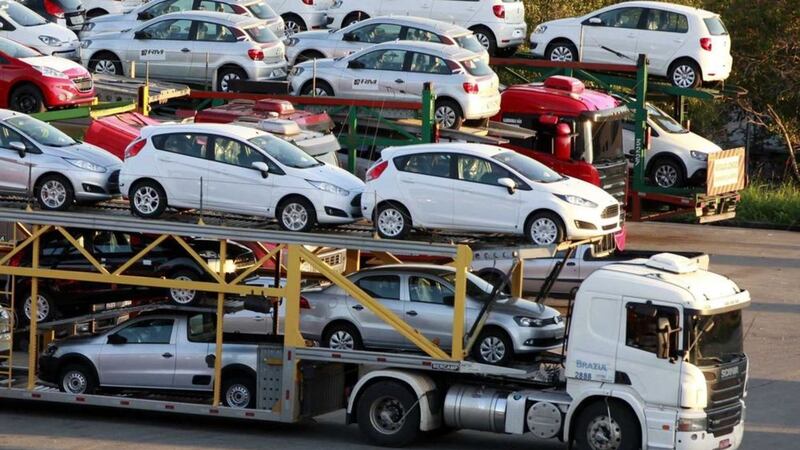IN the wake of sterling’s recent slump against other major currencies, more than one person has asked me whether it is now more dangerous to hedge against foreign exchange risk than it would be to not hedge at all.
It’s true that sharp movements have the potential to reduce the value of any currency hedge but in my view the logic that says you shouldn’t therefore consider hedging is flawed.
A quick analysis of the predictions issued in the past month by major international banks and financial markets analysts shows a 33 cent spread between the highest and lowest forecasts for where sterling will be vs the euro in 2017.
If 'experts' are saying the pound has as much chance of going back to pre-referendum levels as it does of falling further, it shows that nobody really knows (and serves as a reminder of why businesses need to hedge currency exposure in the first place).
One financial director recently told me he hedges to protect profit margins because “it’s one thing me explaining to the board that, in hindsight, there was a missed opportunity to get a better rate. It would be a completely different conversation if I was explaining to them why I’ve lost margin by not hedging against my budget exchange rates. Hedging allows me to deliver what I said I would deliver!”
At a basic level, hedging currency risks means that, if you budget for a 10 per cent margin when that contract is agreed and sell what you expect to sell, the margin will stay at 10 per cent when it is delivered because the exchange rate is fixed on the day the deal is signed.
Given the exchange rate volatility it’s no surprise that we are having more conversations with SMEs who want to understand those risks to help them remain competitive and protect margins.
For many of our import and export customers, it may well be that the post-referendum impact of sterling’s weakness is not actually seen until next year.
Some importers have been cushioned from the impact of a falling pound so far by having suitable exchange rate cover in place for particular contracts and have had stock, or the ability to buy stock, for a period of time at a fixed rate. We know the scenario is the reverse for many exporters who have had prices locked in and might not see the full benefits of the fall in sterling until they are asked to reprice for the next set of contracts.
However in both scenarios, if businesses have assessed their currency risk correctly, it is likely that most will have delivered to date exactly what they said they would.
Many companies cover themselves for months in advance because they know they will have a price list for the next six or 12 months. Others hedge against each sale – between time of sale and delivery – on a contract by contract basis.
There’s a third group who can’t do anything directly to protect against the weak pound – the ones who invoice or are invoiced in sterling, such as car importers.
Whilst it is likely that most competitors are in the same position, the underlying risk here is that purchasers may be put off buying because prices have gone up. Exchange rate risk can exist even if you don’t trade currencies!
Of course, entrepreneurial businesses will still find opportunities where there appears to be none. For the car dealers, for example, the Republic of Ireland market is suddenly open again, with UK cars looking cheaper to people living in Dublin, Drogheda and Donegal.
All types of companies are having to look at their business in a different way, strategically analysing their supply costs, markets and customer base. So for me, protecting income by understanding and managing exchange rate risk makes sense for them all.
:: Brian Telford is head of markets at Danske Bank





